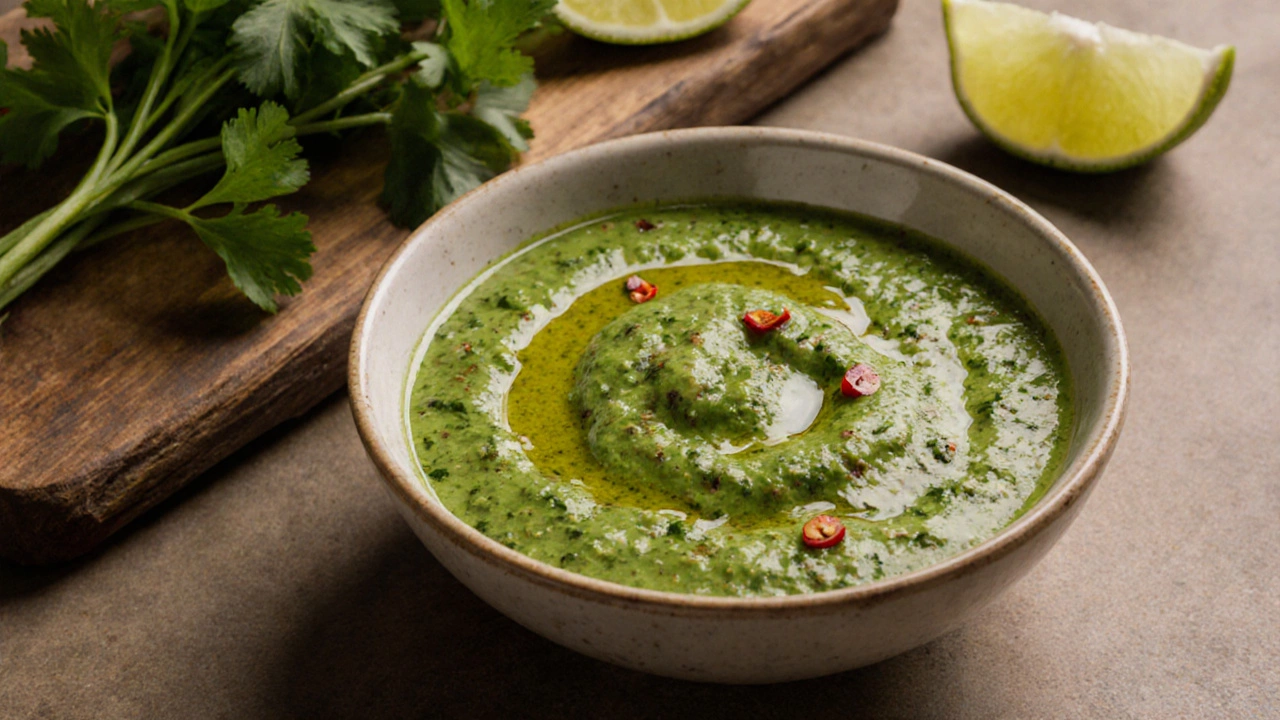Indian side dishes – Flavorful Accompaniments for Every Meal
When you explore Indian side dishes, a diverse range of small plates that balance, contrast, and enhance main courses. Also known as bhojan saath, it often features chutney, a spiced condiment made from herbs, fruit, or nuts, dal, slow‑cooked lentils seasoned with tempering, and raita, a yogurt‑based cooling side. These accompaniments bring texture, heat, and zest to meals.
Indian side dishes do more than fill the plate; they create a dialogue between flavors. A fiery mango chutney can tame the richness of a buttery butter chicken, while a crisp pickle adds the bright acidity needed to cut through oily fryums. This back‑and‑forth between heat and cool, sour and sweet, is why side dishes are considered essential in every regional kitchen. If you’re looking to master Indian side dishes, you’ll discover that they are the secret sauce for a balanced meal.
Across the subcontinent, side dishes fall into a few clear categories. Chutneys range from South Indian coconut‑green‑chili blends to North Indian mint‑coriander mixes. Pickles (achar) use whole spices and oil to preserve vegetables like carrots, raw mango, or lime. Raitas add dairy coolness with cucumber, beetroot, or boondi, often spiced with cumin and fresh herbs. Sambar, a lentil‑based stew loaded with vegetables, acts as both soup and side, especially with idli or dosa. Lastly, papad offers a crunchy, airy element that contrasts with softer gravies.
Key techniques that shape these sides
Tempering (tadka) is the backbone of many Indian sides. Hot oil poured over mustard seeds, curry leaves, and dried red chilies releases aromatics that define the final flavor profile. Grinding ingredients using a stone mortar (sil-batta) or a modern blender determines texture—smooth for a coconut chutney, coarse for a tomato‑onion pickle. Fermentation, essential for dosa batter side‑accompaniments like idli‑chutney, develops tanginess and probiotic benefits. These methods require simple tools—metal wok, spice grinder, and airtight jars—but they unlock the depth that makes each side unique.
Health-wise, side dishes often bring balance to a meal. Yogurt‑based raita supplies calcium and protein while soothing spicy heat. Lentil dal offers plant‑based protein, fiber, and iron, especially when cooked with turmeric and asafoetida for digestion. Fermented pickles contribute beneficial bacteria, and fresh herb chutneys pack antioxidants from cilantro, mint, and curry leaves. By pairing a spicy main with a cooling raita or a tangy pickle, you create a nutritionally rounded plate without extra effort.
Practical tips can make everyday cooking smoother. Keep a basic chutney paste—coconut, roasted gram, and green chilies—in the freezer; it thaws in minutes for a quick dip. Prep a large batch of dal, season it with a fresh tempering, and store in the fridge for up to three days; reheating it with a splash of water revives the texture. For raita, blend plain yogurt with grated cucumber, salt, and a pinch of roasted cumin powder; it stays fresh for a day and pairs perfectly with biryani, pulao, or grilled kebabs. Simple storage tricks extend shelf life and reduce waste.
Below you’ll find a hand‑picked collection of articles that dive deeper into each of these side‑dish families. From detailed chutney recipes to the science behind perfect dal tempering, these posts give you actionable insights you can try tonight. Browse the list and start building a repertoire of Indian side dishes that will impress family and friends alike.
Indian Chutney Pairings: What Dishes Do They Accompany?
Explore the most common Indian foods paired with chutney, from breads and rice to snacks, with regional tips, a handy pairing table, and FAQs.
